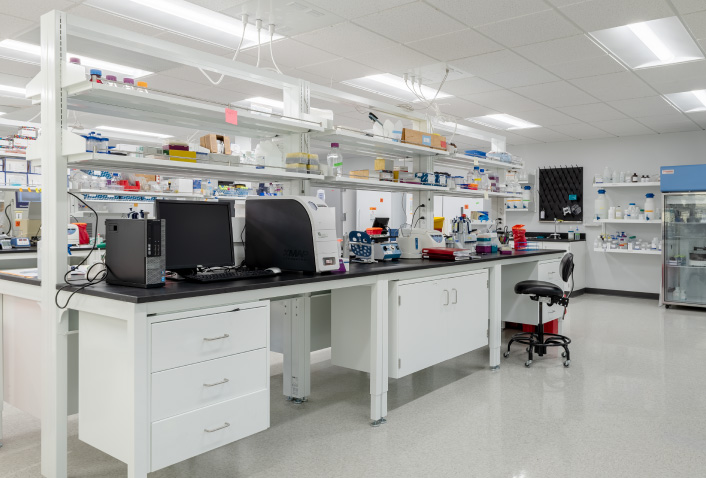

Overall, study participants' predictions of how others would play were more accurate when the other player was from their own populations, and they coordinated significantly more frequently and earned significantly higher payoffs when matched with other study participants from their own population than when matched across populations. In addition, when prompted to play asymmetrically, the population from India responded even more significantly than those from the United States. Study participants residing in India played the strategies leading to asymmetric payoffs significantly more frequently than study participants residing in the United States who showed a greater play of the strategy leading to the symmetric payoffs. Study participants were predominantly from India and the United States. Study participants played a two-player coordination game that had multiple equilibria: two equilibria with highly asymmetric payoffs and another equilibrium with symmetric payoffs but a slightly lower total payoff. We examine different populations' play in coordination games in online experiments with over 1,000 study participants. Vice Provost for Undergraduate Education.

Office of Vice President for Business Affairs and Chief Financial Officer.Office of VP for University Human Resources.Stanford Woods Institute for the Environment.Stanford Institute for Economic Policy Research (SIEPR).Institute for Stem Cell Biology and Regenerative Medicine.Institute for Human-Centered Artificial Intelligence (HAI).Institute for Computational and Mathematical Engineering (ICME).Freeman Spogli Institute for International Studies.School of Earth, Energy and Environmental Sciences.If the error, accident, or non-conformance is not detected prior to issuance of the tissue or cells, it shall also be reported to the receiving facility. In order to report a Tissue or Hematopoietic Progenitor Cell related incident, please complete and submit the Transplantation/Tissue Bank-related Incident Report or Transplantation/HPC Bank-related Incident Report form to When do facilities have to report an incident?Īll tissue and/or hematopoietic progenitor cell-related errors, accidents, or non-conformance events shall be reported to the Tissue Resources Program within seven calendar days of its discovery. How do facilities file an incident report? Post-implantation or transplantation data unrelated to the condition of the donor tissue or hematopoietic progenitor cells as the result of post-operative infection following the transplantation or implantation procedure. Error, accident, or non-conformance in the recovery, collection, processing, storage, distribution, insemination, implantation, and/or transplantation of tissue or hematopoietic progenitor cells that may affect the safety of the tissue or cells, including tissue or cells for autologous purposes.Error, accident, or non-conformance in tissue or hematopoietic progenitor cell donor screening, testing, qualification, and/or selection or.What is considered a reportable incident?įor purposes of reporting to the Tissue Resources Program, an incident is any: Part 58-5 Hematopoietic Progenitor Cell Banks.Part 52 Tissue Banks and Nontransplant Anatomic Banks.Article 43-B: Organ Tissue and Body Parts: Navigate to the NYS Legislature resource and enter ORGAN TISSUE AND BODY PARTS in the search box, then click PUBLIC HEALTH LAW ARTICLE 43-B.Article 5, Title V: Clinical Laboratory and Blood Banking Services: Navigate to the NYS Legislature resource and enter CLINICAL LABORATORY AND BLOOD BANKING SERVICES in the search box, then click PUBLIC HEALTH LAW ARTICLE 5T5.
MATTHEW BANKS LAB PROFESSIONAL
Regulations also include requirements for licensure of facilities that recover, process, store and/or distribute nontransplant anatomic parts for medical research or health professional education. Licensure is required for all tissue banking activities in New York, including collection, processing, storage, and distribution.

Subpart 58-5, Hematopoietic Progenitor Cell Banks, regulates activities involving hematopoeitic progenitor cells (precursors of blood cells found in umbilical cord blood, peripheral blood, and bone marrow). Part 52, Tissue Banks and Nontransplant Anatomic Banks, covers such tissues as skin, eye, semen, embryos, and stem cells. Public Health Law Article 43-B, enacted in 1990, established the Commissioner's authority over tissue banks.


 0 kommentar(er)
0 kommentar(er)
